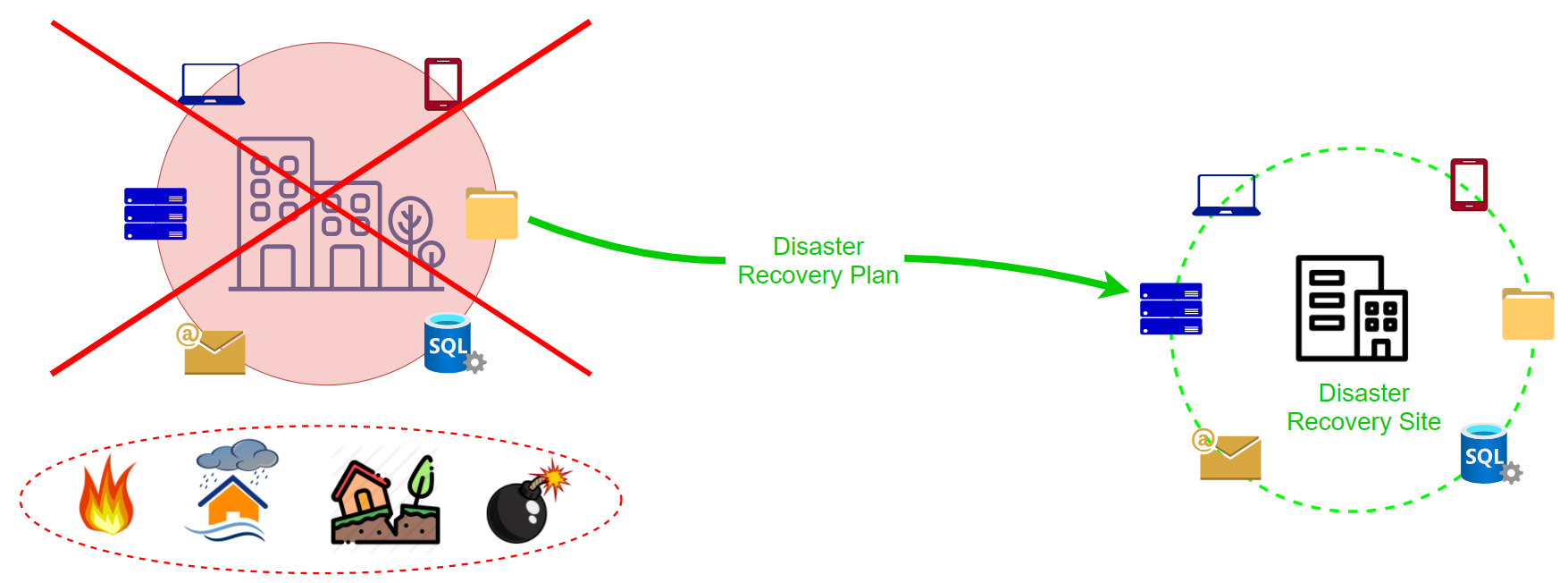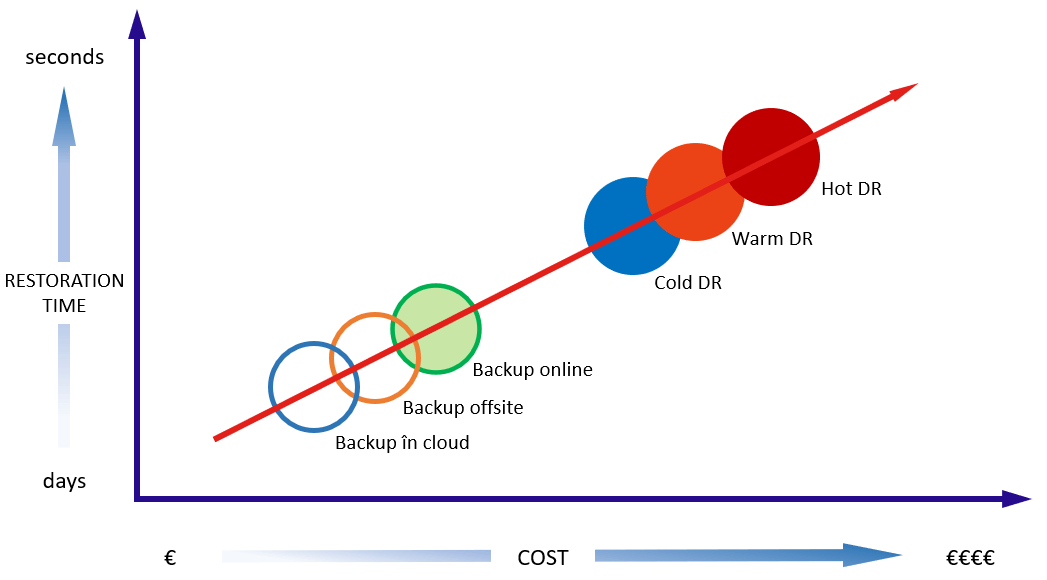We save your investments and recover your data in case of disaster, through a Disaster Recovery and Business Continuity plan developed by an IT team with the most prestigious certifications in the world and skills in all IT areas.
It cannot be predicted and that is why it can hit any company hard. A disaster, whatever its nature, puts pressure on the processes and resources of any company, regardless of structure and size. Being caught in such a situation without an action plan can lead to an inability to operate over a short term or even forever.



